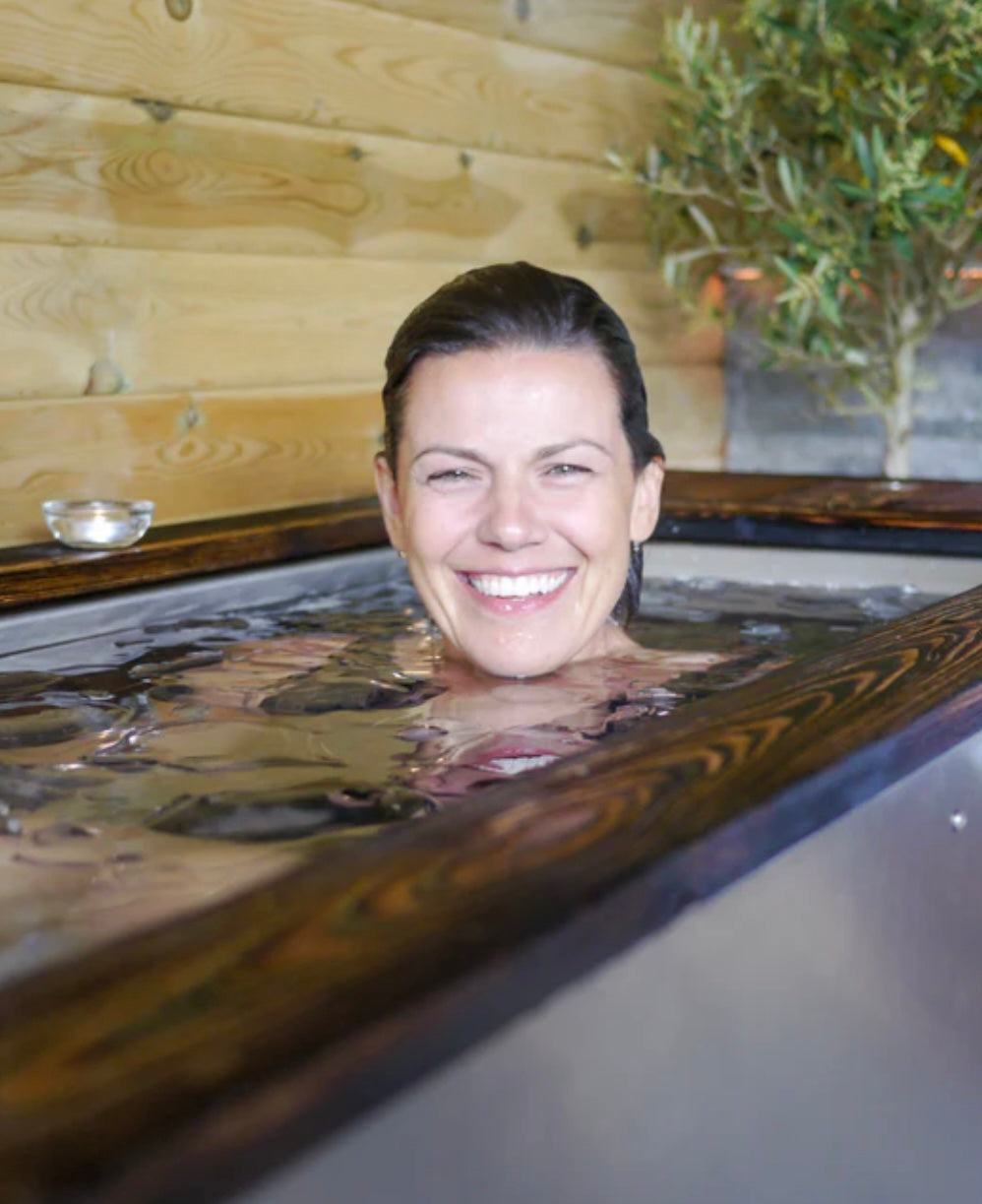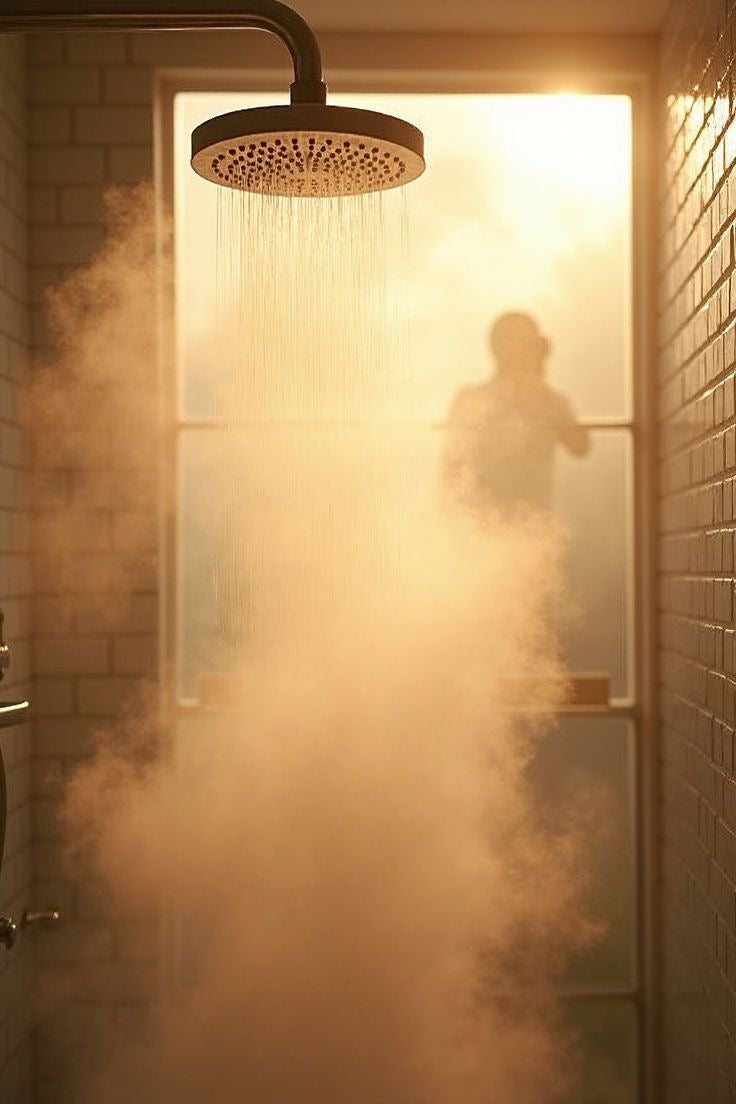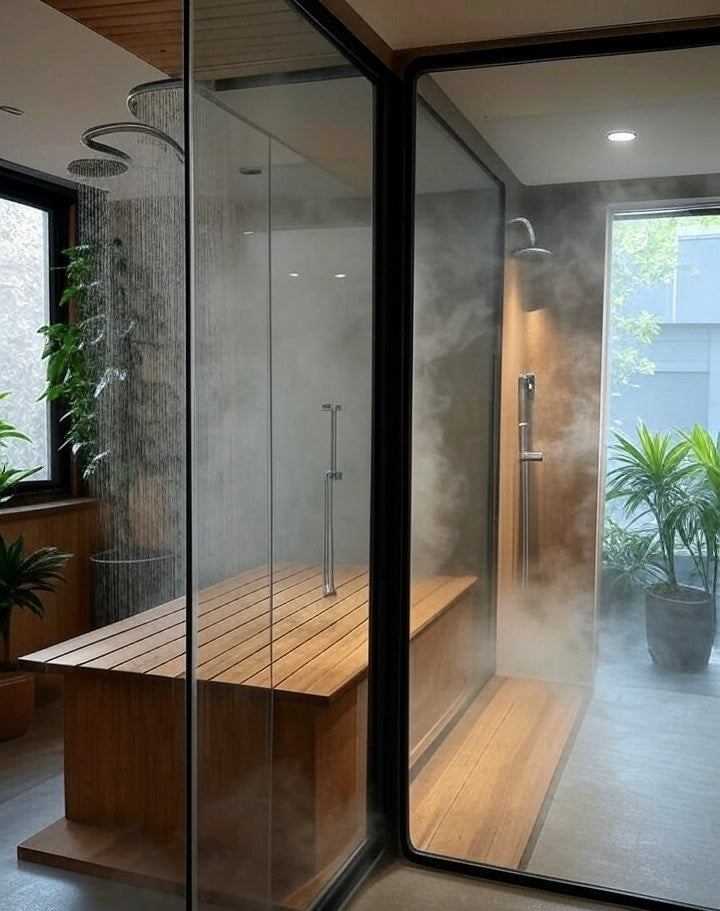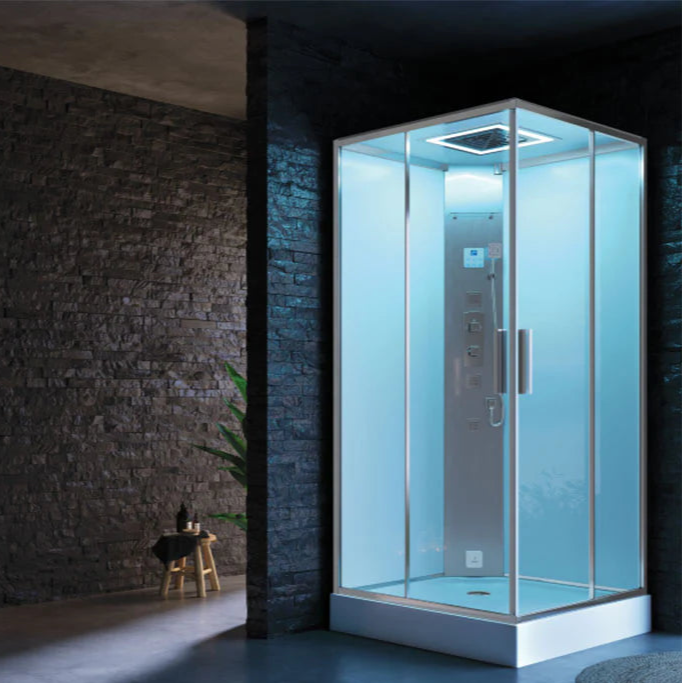Feeling brave enough to turn your bath into an Arctic adventure?
Short answer: yes, you can do an Ice Bath at home—just fill your Cold Plunge Tub or Ice Bath Tub with cold water (7–15 °C) and soak for 2–5 minutes.
Keep reading to master the chill!

2. Understanding the Cold Plunge: Benefits and Basics
2.1 What is Cold Plunge and Cold Water Immersion?
2.1.1 Brief History and Definition of Cold Water Therapy
Cold plunging has been used for centuries.
From Roman baths to Nordic lake dips, it's a form of hydrotherapy using cold water to deliver physical and mental benefits.
2.1.2 Key Terms: Cold Plunge vs. Ice Bath
Cold Plunge usually means a purpose-built tub with chilled water.
Ice Bath often refers to filling a normal tub with ice and water.
Both give that signature cold shock but differ in cost and convenience.
2.2 The Science-Backed Benefits of Cold Plunging
2.2.1 Muscle Recovery and Reduced Inflammation
Cold water causes blood vessels to constrict.
This reduces swelling and eases muscle soreness after workouts.
2.2.2 Boosting Mental Health and Stress Resilience
Cold exposure triggers dopamine and noradrenaline release.
It can improve mood, alertness, and your ability to handle stress.
2.2.3 Enhancing Immune System and Circulation
Temperature shock improves circulation.
It may support your immune system over time.
2.2.4 Metabolism and Brown Fat Activation
Cold activates brown fat.
This burns calories to generate heat and can boost your metabolic rate.
2.2.5 Blood Sugar Regulation
Cold plunging may improve insulin sensitivity.
It's an extra tool for better blood sugar control.
3. Your Bathtub Cold Plunge: A Step-by-Step Guide

3.1 Preparing for Your At-Home Cold Plunge
3.1.1 Essential Equipment (Thermometer, Timer, Ice)
You'll need a thermometer to check temperature.
A timer keeps sessions safe, while bags of ice help reach your target chill.
3.1.2 Cleaning and Preparing Your Bathtub
Scrub your Cold Plunge Tub or Ice Bath Tub before use.
Good hygiene is essential.
3.1.3 Setting the Right Temperature (Ideal Cold Plunge Temperature Range)
Aim for 7–15 °C.
Colder water means shorter sessions.
3.2 The Cold Plunge Process
3.2.1 How to Fill and Chill Your Bathtub with Ice
Fill the tub with cold water first.
Then add ice slowly, stirring until you hit the right temperature.
3.2.2 Mindful Entry and Breath Control Techniques
Enter gradually.
Use steady breathing to manage the cold shock.
3.2.3 Recommended Duration and Frequency for Beginners (How Long to Cold Plunge)
Start with 2–3 minutes if you're new.
Aim for 2–4 sessions a week for best results.
3.3 Post-Plunge Care and Recovery
3.3.1 Safe Exit and Immediate Steps
Get out slowly to avoid slipping.
Dry off right away.
3.3.2 Gradual Warming Strategies
Put on warm clothes and move around.
A warm drink can help too.
3.3.3 Rehydration and Further Recovery Tips
Drink water to rehydrate.
Gentle stretching is a good follow-up.
4. Beyond the Bathtub: Exploring Cold Plunge Options and Safety
4.1 DIY Cold Plunge Alternatives
4.1.1 Chest Freezer Conversions (Pros and Cons)
Affordable but require good sealing, regular cleaning, and safe setup.
4.1.2 Inflatable Tubs and Stock Tanks
Portable and budget-friendly.
Work well in a garden or garage.
4.1.3 Considerations for a Dedicated Cold Plunge Chiller
Pricier but offer exact temperature control.
Great for dedicated cold therapy fans.
4.2 Important Safety Considerations for Cold Plunging
4.2.1 When to Consult a Healthcare Professional
Check with your doctor if you have heart, lung, or other conditions.
4.2.2 Recognising Your Body's Limits and Warning Signs
Exit immediately if you feel dizzy or in pain.
Listen to your body and don't push too hard.
4.2.3 Preventing Hypothermia and Cold Injuries
Keep sessions short.
Monitor temperature carefully and warm up afterwards.
Always be cautious if plunging alone.
5. Conclusion
Cold plunging at home is simple and effective.
It offers benefits for muscles, mood, metabolism, and more.
Prepare carefully, stay safe, and enjoy your icy adventure!
6. Takeaways
-
Home cold plunging = easy and budget-friendly therapy.
-
Ideal temperature: 7–15 °C.
-
Start with 2–5 minutes.
-
Clean your tub, monitor water, and stay safe.
-
Consistency delivers real benefits.






